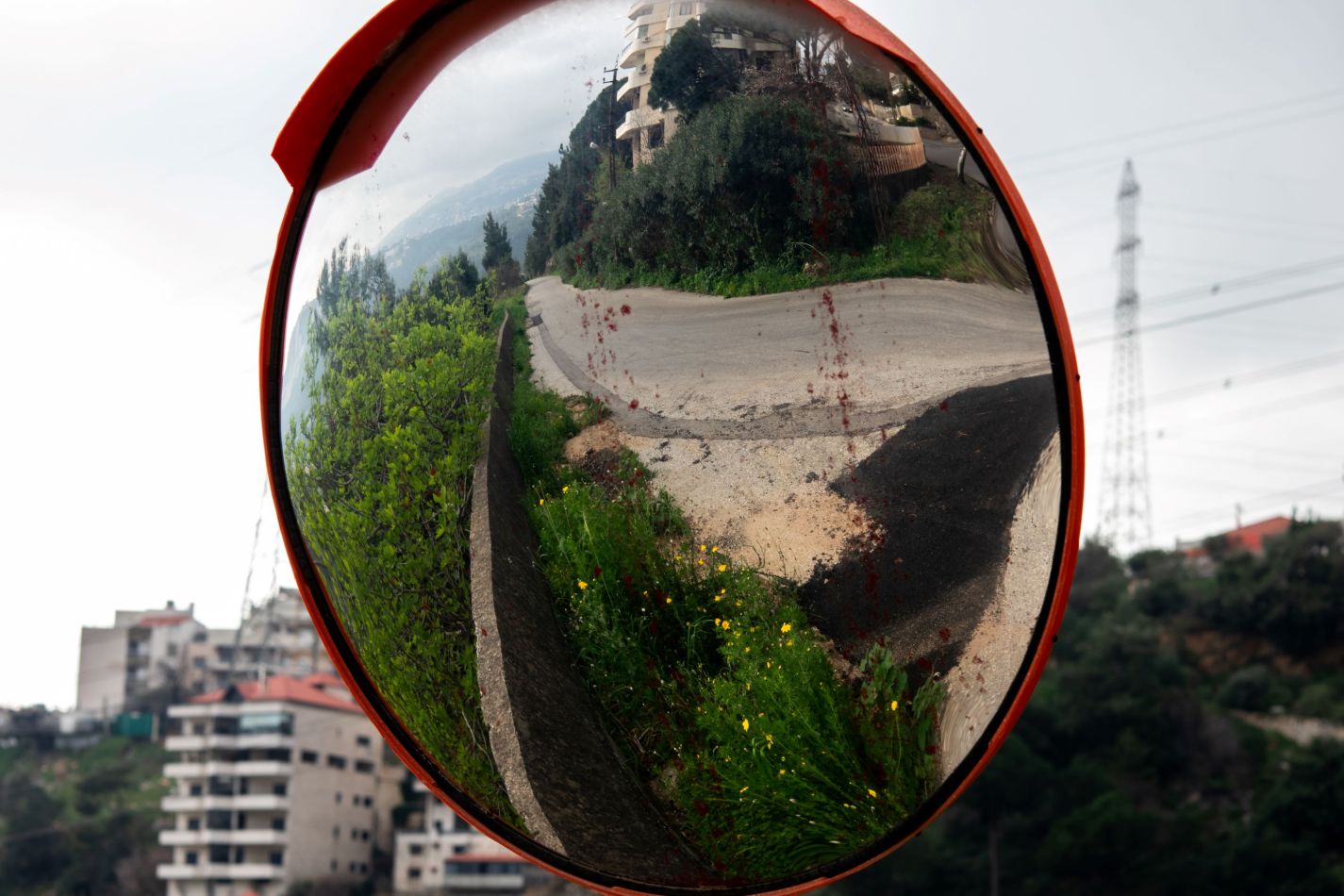Road mirrors are essential tools to ensure visibility near dangerous intersections, blind exits, or sharp bends. To keep performing this function effectively, it is crucial to schedule regular maintenance to preserve their efficiency, safety, and durability.
Main challenges in road mirror maintenance
Although road mirrors are simple and seemingly autonomous devices, they are constantly exposed to weather conditions and urban stress that, over time, can compromise their effectiveness.

This makes them subject to a series of recurring issues, including:
- Accumulation of dirt and dust Dirt carried by wind, rain, and smog tends to build up on the reflective surface, compromising visibility and reducing the mirror’s ability to perform its function effectively.
- Fogging and ice formation In humid or winter conditions, especially in the early morning or in shaded areas, traditional mirrors often require manual cleaning or, in the worst cases, replacement.
- Vandalism or accidental damage There are frequent cases of mirrors damaged by acts of vandalism or accidental impacts with vehicles, agricultural machinery, or snowplows. In such situations, the mirror may become unusable, leading to unexpected costs and significant downtime for restoration.
Frequency and types of intervention
Road mirror maintenance is not limited to cleaning alone, but includes a series of regular checks to ensure their proper functioning over time. The frequency and type of intervention may vary depending on the environmental context, traffic level, and local weather conditions.
Routine cleaning
It is generally recommended to carry out at least one or two cleanings per year, especially in busy urban areas or environments subject to harsh weather conditions such as dusty rural zones, near construction sites, or along coastal areas. Cleaning involves removing dust, smog, and deposits using non-aggressive detergents to preserve the reflective coating.
Structural inspection
In addition to cleaning, it is important to periodically check the mounting, orientation, and integrity of the support. An unstable or tilted support can render the mirror useless, while a damaged or deformed surface impairs visibility.
Scheduled replacement
When the mirror shows permanent cloudiness, deep scratches, or cracks, replacement is necessary. In these cases, prompt intervention is essential to ensure road user safety.
Maintenance costs and opportunities for optimization
Road mirror maintenance requires modest but recurring budgets: over time, with many installations, expenses add up to significant amounts.
According to industry estimates, routine maintenance – including cleaning and structural checks – costs between €30 and €70 per year per mirror, excluding replacements or repairs due to damage or vandalism.
Factors contributing to increased costs, as already mentioned, include:
- difficult accessibility (in mountainous or isolated areas);
- high frequency of vandalism;
- adverse weather conditions (frost, humidity, sand);
- need for frequent replacement.
For these reasons, many local authorities are seeking more efficient solutions with the aim of minimizing interventions, through innovative and self-sufficient devices that optimize management costs in the medium to long term.
Materials and technologies to minimize maintenance
In recent years, technological advances have led to the development of road mirrors that are more robust, durable, and designed to minimize maintenance interventions.
Among the most effective technologies are anti-fog, anti-ice, and anti-UV coatings, which protect the reflective surface from the elements and maintain visibility over time.
Within this context, the patented system of Safe Join stands out as one of the most advanced solutions for ensuring operational continuity and maximum reliability, without requiring frequent interventions.
Safe Join: the smart solution to minimize maintenance
Safe Join offers a new generation of intelligent mirrors that revolutionize road maintenance, combining efficiency and autonomy.
The system integrates an anti-ice and anti-fog device directly into the structure, powered by a solar panel, and does not require seasonal cleaning or periodic interventions, ensuring operation even in remote locations or under critical weather conditions.
This technology allows you to reduce operating costs and guarantees constant visibility in every situation.
Smart mirrors: when is it worth installing them?
Replacing traditional mirrors with smart models is not always immediate, but there are situations where this investment results in significant operational savings.
It is worth considering the installation of smart mirrors in the following cases:
- areas with particularly humid, foggy, or frosty climates, where the risk of fogging and ice is high;
- areas subject to frequent vandalism or accidents, where replacement costs are above average;
- where routine maintenance is complex or costly, such as in mountainous environments, on hard-to-reach secondary roads, or where there are logistical constraints.
Innovation and Sustainability: The New Frontier of Road Mirrors
The maintenance of road mirrors is essential to ensure safety and visibility at critical points in both urban and rural road networks. However, the costs and frequency of interventions can weigh on local authority budgets.
Investing in technologies like Safe Join allows you to overcome these challenges: thanks to its autonomy, resistance, and durability, it represents a concrete solution to improve management efficiency and ensure optimal visibility in any condition.
Contact us to find out how to integrate Safe Join into your road network and reduce maintenance costs while improving safety.